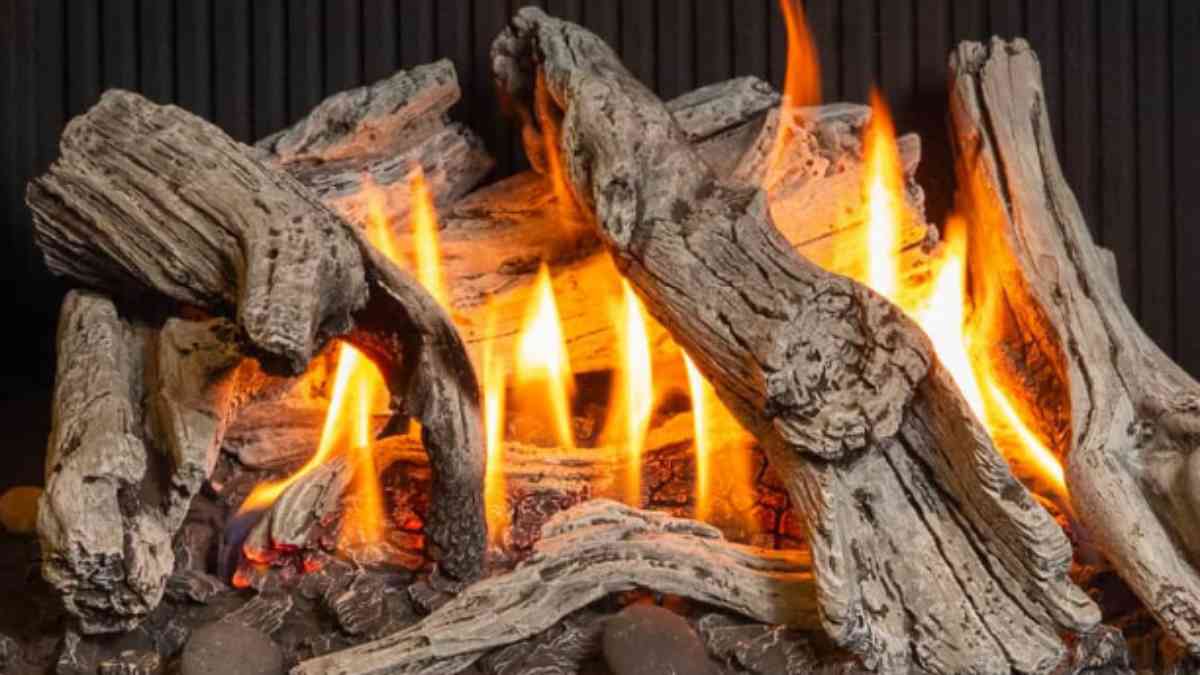Introduction
When the chill of winter sets in, nothing beats the warmth and comfort of a crackling fire in your fireplace. But to ensure a safe, efficient, and enjoyable experience, choosing the right firewood is crucial. In this guide, we’ll explore the best woods to burn in a fireplace, focusing on those that offer optimal heat output, minimal smoke, and a pleasant aroma. Whether you’re a seasoned homeowner or new to wood-burning, this information will help you make informed decisions for the 2025 heating season.
Why Choosing the Right Firewood Matters
Selecting the appropriate firewood isn’t just about warmth; it’s about safety, efficiency, and ambiance. Here’s why it matters:
-
Heat Output: Different woods produce varying amounts of heat. Hardwoods generally offer higher heat output than softwoods.
-
Smoke and Creosote: Burning wet or unseasoned wood can produce excessive smoke and creosote, leading to chimney buildup and potential fire hazards.
-
Burn Time: Hardwoods tend to burn longer, providing sustained heat over extended periods.
-
Aroma: Certain woods emit pleasant scents, enhancing the overall fireplace experience.
Top Woods to Burn in Your Fireplace
1. Oak
-
Heat Output: High
-
Burn Time: Long
-
Aroma: Mild
-
Notes: Oak is dense and burns slowly, making it ideal for overnight fires. It’s widely available and produces minimal smoke when properly seasoned.
2. Hickory
-
Heat Output: Very High
-
Burn Time: Long
-
Aroma: Strong, sweet
-
Notes: Known for its intense heat and distinctive aroma, hickory is perfect for those seeking a robust fire. It’s excellent for both heating and cooking purposes.
3. Maple
-
Heat Output: Moderate to High
-
Burn Time: Moderate
-
Aroma: Sweet
-
Notes: Maple is easy to split and seasons quickly. It provides a steady burn and pleasant scent, making it a favorite among many homeowners.
4. Ash
-
Heat Output: Moderate
-
Burn Time: Moderate
-
Aroma: Neutral
-
Notes: Ash is unique in that it burns well even when not fully seasoned. It’s easy to split and produces a steady, long-lasting fire with good heat output.
5. Cherry
-
Heat Output: Moderate
-
Burn Time: Moderate
-
Aroma: Sweet, fruity
-
Notes: Cherry wood offers a pleasant, sweet aroma when burned. While not as high in heat output as some hardwoods, it burns cleanly and produces attractive flames.
Woods to Avoid
While some woods are excellent for burning, others can pose risks:
-
Softwoods: Woods like pine, fir, and spruce burn quickly and produce more creosote, leading to chimney buildup and potential fire hazards.
-
Wet or Unseasoned Wood: Burning wood with high moisture content leads to inefficient burning, excessive smoke, and increased creosote production.
-
Treated or Painted Wood: Always avoid burning treated, painted, or pressure-treated wood, as they can release harmful chemicals into your home.
Sustainable Sourcing and Seasoning
To ensure you’re burning safely and efficiently:
-
Seasoning: Allow wood to dry for at least six months to achieve a moisture content below 20%. This ensures a cleaner burn and reduces creosote buildup.
-
Sourcing: Opt for firewood from sustainably managed forests. Look for certifications like the Forest Stewardship Council (FSC) to ensure responsible sourcing.
-
Storage: Store wood in a dry, well-ventilated area to promote proper seasoning and prevent mold growth.
️ Tips for Optimal Fireplace Use
-
Start with Kindling: Use dry, small pieces of wood or commercial fire starters to ignite your fire.
-
Add Larger Logs Gradually: Once the kindling is burning well, add larger logs to maintain a steady fire.
-
Maintain Airflow: Ensure your fireplace has proper ventilation to allow for efficient burning.
-
Regular Cleaning: Clean your fireplace and chimney regularly to remove soot and creosote buildup.
✅ Conclusion
Choosing the best woods to burn in your fireplace enhances not only the warmth and efficiency of your home but also the safety and ambiance of your living space. By selecting dense hardwoods like oak, hickory, maple, ash, and cherry, and ensuring they are properly seasoned and sourced sustainably, you can enjoy a cozy and safe fireplace experience throughout the winter months.
❓ Frequently Asked Questions
1. What is the best wood to burn in a fireplace?
Hardwoods like oak, hickory, and maple are among the best choices due to their high heat output and long burn times.
2. Can I burn pine in my fireplace?
While pine can be used, it burns quickly and produces more creosote, which can lead to chimney buildup. It’s best used for kindling or mixed with hardwoods.
3. How can I tell if my firewood is seasoned?
Seasoned wood has a moisture content below 20%. Signs include cracks in the ends, a hollow sound when struck, and bark that easily peels off.
4. Is it safe to burn treated wood?
No, burning treated or painted wood can release harmful chemicals into your home. Always use untreated, natural wood.
5. How should I store firewood?
Store firewood in a dry, well-ventilated area off the ground to promote proper seasoning and prevent mold growth.
6. Can I burn wood that has been sitting outside for a while?
If the wood has been exposed to the elements and has a high moisture content, it may not burn efficiently. It’s best to allow it to season properly before use.
